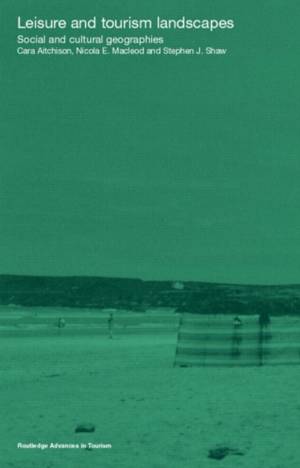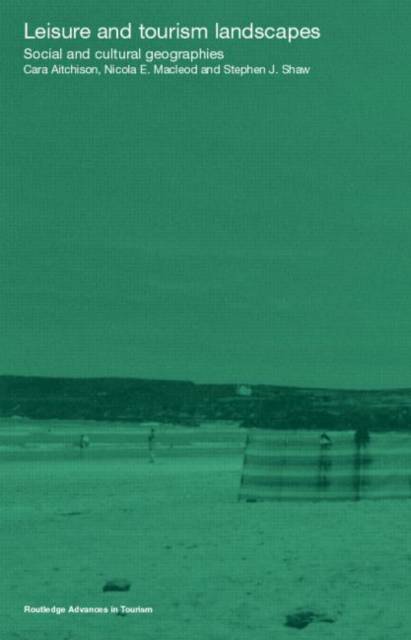
- Retrait gratuit dans votre magasin Club
- 7.000.000 titres dans notre catalogue
- Payer en toute sécurité
- Toujours un magasin près de chez vous
- Retrait gratuit dans votre magasin Club
- 7.000.0000 titres dans notre catalogue
- Payer en toute sécurité
- Toujours un magasin près de chez vous
Leisure and Tourism Landscapes
Social and Cultural Geographies
Cara Aitchison, Nicola E MacLeod, Stephen J ShawDescription
Increasingly significant as mediators of spatial identity and meaning, leisure, tourism, culture and heritage are only now beginning to be located within the rapidly evolving discourses of poststructuralist geographies.
Exploring the influence of leisure and tourism on the production, representation and consumption of landscape, the first half of this important book focuses on different ways of 'seeing' or representing landscape, whereas the second half examines different forms of productive consumption in leisure and tourism. Both symbolic and material spaces of leisure and tourism are also examined in relation to urban and rural landscapes, heritage landscapes, gendered landscapes, and landscapes of sexuality and desire.
With a multidisciplinary approach and a strong theoretical content which builds on poststructuralist theories, this is undoubtedly an important addition to literature in the field.
Spécifications
Parties prenantes
- Auteur(s) :
- Editeur:
Contenu
- Nombre de pages :
- 208
- Langue:
- Anglais
- Collection :
Caractéristiques
- EAN:
- 9780415271660
- Date de parution :
- 18-10-01
- Format:
- Livre broché
- Format numérique:
- Trade paperback (VS)
- Dimensions :
- 158 mm x 238 mm
- Poids :
- 331 g

Les avis
Nous publions uniquement les avis qui respectent les conditions requises. Consultez nos conditions pour les avis.






